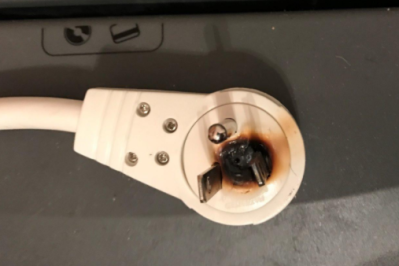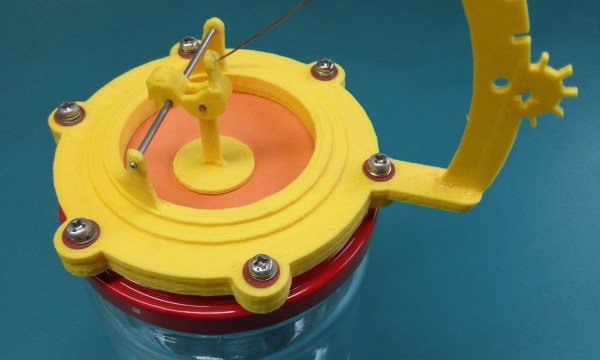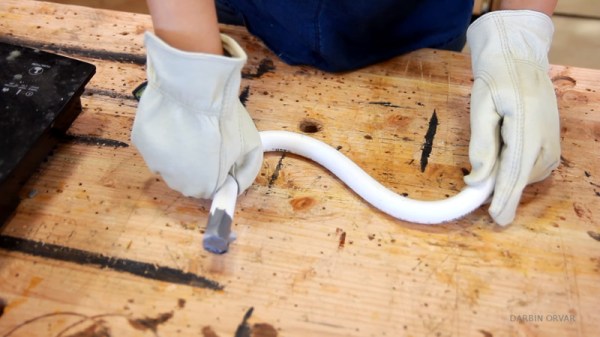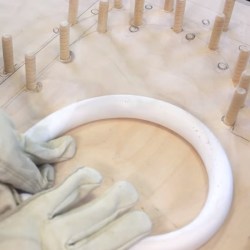Sometimes great projects keep evolving. [Bithead942] built himself an R2-D2 to accompany him when he goes a-trooping — but something didn’t feel quite right. Turns out, R2 was missing its signature beeping banter, so he made it more contextually responsive by implementing a few voice commands.
[Bithead942]’s main costume is that of an X-Wing pilot, and the replica helmet works perfectly; it already has a fake microphone — easily replaced with a working model — and the perfect niche to stash the electronics in the ‘mohawk.’
Even though the helmet has the perfect hiding spot for a circuit, space is still at a premium. Services like Alexa tend to be pretty accurate, but require WiFi access — not a guarantee on the convention floor. Instead, [bithead942] found that the EasyVR Shield 3.0 voice recognition board provided a suitable stand-in. It needs a bit of training to work properly(cue the montage!), but in the end it compares fresh audio commands to the ‘training’ files it has stored, and if there’s a match, triggers a corresponding serial port. It’s not perfect, but it most certainly works!


















